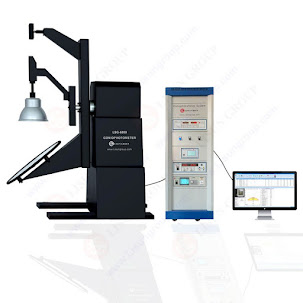What is the difference between a goniophotometer and an integrating sphere in luminous flux test?
.jpg)
Both a goniophotometer and an integrating sphere are examples of optical measuring tools that are used in the process of evaluating the functionality of light sources like LED lights. The manner in which these two devices assess the amount of light produced is the primary distinction between them. By using a motorized arm that moves the detector around the source, a goniophotometer is able to measure the light output of a source from a variety of various angles. It offers a comprehensive angular distribution of the light output, which is helpful for defining the pattern of light emission coming from a source. An integrating sphere , on the other hand, collects the light that is released by a source and then distributes it uniformly throughout its interior surface in order to calculate the total quantity of light that the source emits. After that, the light is measured at a single location, often via a tiny aperture in the sphere, and this provides an overall measurement of the...
.jpg)
.jpg)
.jpg)
.jpg)
.jpg)
.jpg)
.jpg)

.jpg)
